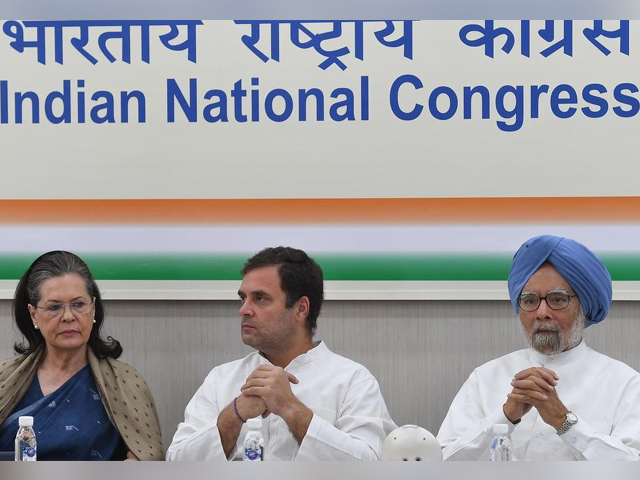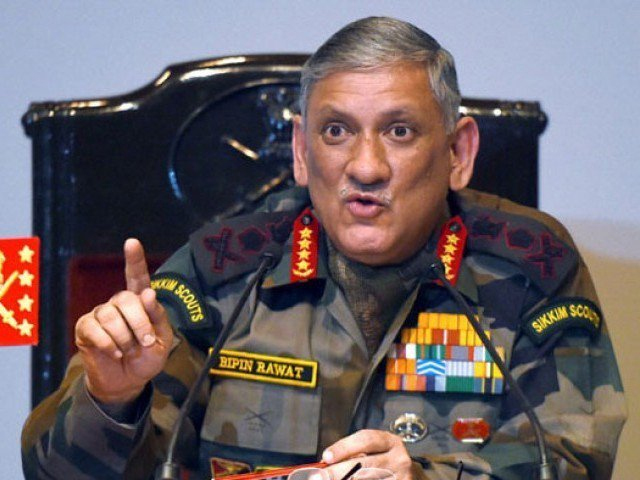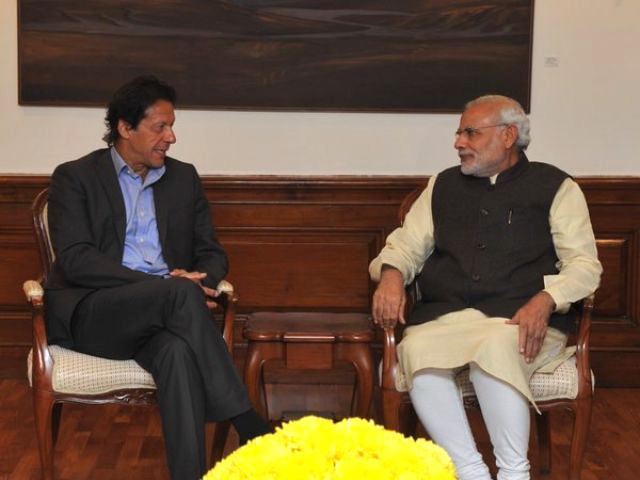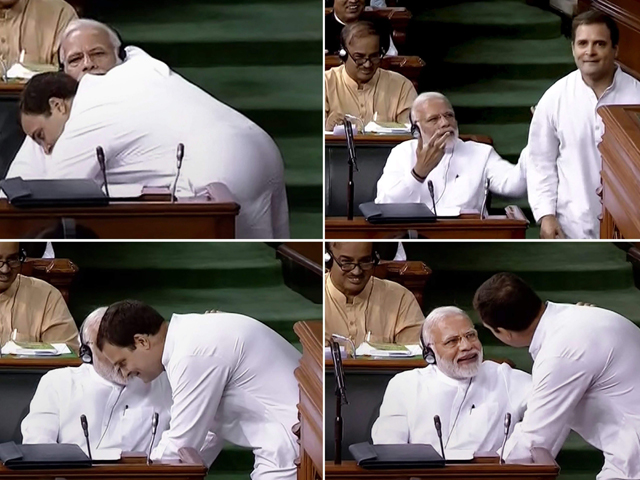
Indian National Congress president Rahul Gandhi attends a party executive meeting in New Delhi with his mother and predecessor, Sonia, and former prime minister Manmohan Singh. PHOTO: AFP
The fall of a dynasty: Does Congress still have a future in Indian politics?
The Congress party cannot do without the family, but the party’s greatest need is its greatest liability.
As the results of the General Election tumbled in a week ago, concern gave way to questions among the more sceptical. What will this brute majority portend for India? Will we see a ramping up of religious rhetoric and a stronger push for a Hindu Rashtra? Will we see the process of undermining institutions continue? Will we keep witnessing the derision of experts, leading to disastrous policy decisions like demonetisation? And so on.
One of the most important questions that emerged from this result, however, is about India’s opposition parties, particularly the Indian National Congress (INC).
What does the Congress do now? Despite slogans of ‘Congress-mukt Bharat’ from the right-wing, it is not just well-wishers of the party who are wondering aloud. Many critics who understand the need for a strong opposition in a democracy are worried about the fate of India’s Grand Old Party. The Congress party only marginally managed to increase its number of seats from 44 to 52, with its vote share remaining unchanged from the previous election at close to 20%. For the second time consecutively, it has been unable to obtain 10% of the seats required to receive the tag of ‘leader of the opposition,’ a metaphor for the disarray that the opposition finds itself in.
Suggestions have been coming in from all quarters. Noted psephologist and Swaraj Abhiyan leader Yogendra Yadav stated that the Congress must die for a credible opposition to emerge. Ramachandra Guha says that the Congress needs to dump the dynasty. Others like Lalu Yadav say that Rahul Gandhi’s offer to resign is suicidal. In short, everyone has suggested everything and there is no consensus on what the party can to do stem the slide.
Today's @IndianExpress has a civilized debate on the future of the Congress Party. Yogendra Yadav thinks the Congress Must Die; Suhas Palshikar thinks the Congress Must Live. Neither mentions a third (and most honourable) alternative: The Congress should dump the Dynasty.
— Ramachandra Guha (@Ram_Guha) May 22, 2019
Yadav’s ‘Congress must die’ leaves us with nothing to discuss, at least not about the Congress anyway. The other Yadav’s ‘Rahul resigning is suicidal’ is essentially a call to maintain the status quo that we have now, which leaves us with Guha’s ‘the dynasty must go’.
This is not new of course. Many have said the dynasty is the biggest problem that people associate with the Congress party. In a country where people struggle to make a living, a political prince treating the mandate of the people as his birthright is clearly bad optics. Then surely the answers must be straightforward? All the party needs is a dose of intraparty democracy and all will be well. But it turns out that it isn’t as simple as that, and congressmen know it.
To understand this better, let’s wind the clock back by about 30 years to the last time the Congress was led by someone outside the Nehru-Gandhi family: PV Narasimha Rao. Rao was India’s prime minister at a critical inflection point in India’s history, and while he is better remembered as the man who led India’s economic liberalisation with Manmohan Singh’s help, he was also arguably India’s most intelligent premier ever.
He was able to understand that by 1990, his party, which in its heydays had been a formidable political machine and led the “Congress System,” had degenerated. In the 70s, Indira Gandhi had abandoned intraparty democracy and deeply undermined the party organisation to strengthen personal rule. The in-fighting and factionalism that Mrs Gandhi encouraged to weaken other leaders and strengthen herself cost the party dearly. This weakness invited challenges from the Hindu right and from regional parties. Rao was alarmed by this degeneration, and attempted to rebuild the party from the bottom up, working towards reinstating intraparty democracy.
Rao decided elections would be conducted every two years to fill all the party posts, and hoped that despite the first few elections being messy, this would lead to regeneration. Consequently, an election was held in 1993.
It was a nightmare.
Votes were bought, there were phoney names on the list and massive amounts of money exchanged hands. Congressmen murdered congressmen, and in one case, a congressman bit another. While Rao expected a mess, he didn’t expect this, and he decided never again.
But in the absence of intraparty democracy, what would hold things together?
Well, the family would, and Sonia Gandhi stepped out of the shadows. She has held the reins of power ever since. The factionalism that Indira induced into the Congress could only be arbitered by a neutral high priest or priestess. The indispensability of the family to the Congress is an indicator of its hollowed out, factionalised organisational structure. The party cannot do without the family, but the party’s greatest need is its greatest liability.
Sonia and Rahul have attempted to change things for sure. Unlike Indira, they have attempted to strengthen their chief ministers and address factionalism, while Rahul has even attempted to re-reintroduce intraparty democracy. In this last endeavour, they have been unsuccessful. Congress party elections continue to remain a sham.
Having your greatest need prove to be your greatest liability is an existential crisis enough, but it doesn’t end here for the Congress.
Its principal electoral rival, the Bharatiya Janata Party (BJP), is a formidable foe with a driven cadre, populist ideology and deep pockets. It is a disciplined, well-oiled political machine without the baggage of family. They are in power now at the centre and in several states, and apart from implementing certain popular schemes, are very effective in being able to create a perception that work is getting done. While the Congress has lost its traditional upper caste support base in the Hindi heartland to the BJP, Modi has taken the BJP beyond the upper castes, further consolidating the BJP’s hold on the Hindi heartland.
Just a heads up. Every op-ed and Twitter thread talking about a victory of ideology, narrative or spirit – and not talking about monopolies on money, media and tech – is part of the New Big Lie.
— Raghu Karnad (@rkarnad) May 26, 2019
Rao had understood that his centrist party will not do well if issues become emotive, and that would always play to the advantage of ideological parties, the left and the Hindu nationalists. He constantly sought to avoid confrontation and even during the liberalisation moved gradually against one group at a time to ensure that opposition against him (and his reforms) was never consolidated.
But we live in the age of 24/7 news channels and WhatsApp forwards. Everything is emotive, including fiction. The post-World War liberal consensus is over and the populism of Donald Trump, Jair Bolsonaro, Recep Erdogan, Narendra Modi and Rodrigo Duterte rules the roost.
The problem for India is that there is no alternative on the horizon and the INC’s demise may only pave the way for single party rule in the foreseeable future. The fledgling Aam Aadmi Party, which had hoped to counter the dominance of the BJP through a model of responsive government focused on issues in Delhi, has done poorly in these elections. Strong regional parties are also under pressure now.
The INC’s importance is greater than its numbers suggest because it is the only pan-India party with a strong presence in South India, making it an important voice of the South in the New Delhi scheme of things, the inadequacy of which is already fomenting dissatisfaction.
However, with so much stacked against the grand Old Party, with so many questions and few answers, perhaps it is time. But if it must die, a modern and diverse India politically united in the party’s image of no overarching, overbearing ideology may find the void left behind a trifle stifling.




COMMENTS
Comments are moderated and generally will be posted if they are on-topic and not abusive.
For more information, please see our Comments FAQ